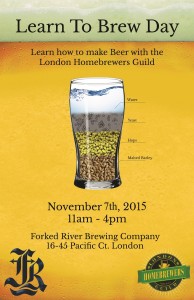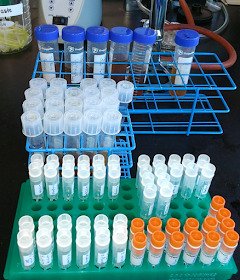The Good...
The blog is still getting a reasonable number of hits (155K as of today), but the youtube channel is doing really well and, if trends remain the same, will have more hits than the blog in roughly 5 months. No infected batches this year, and instead, I've brewed two of the best beers I recall making - These Gose Christmas, and an unnamed IPA I haven't bothered blogging about yet (and whose keg is nearly empty).
I also brewed batch #300 this year; a pretty notable milestone. Granted, I did not know at the time that it was batch #300, so in place of brewing something good I instead brewed a rather bland pale ale that didn't even warrant a blog entry (and even being beer #300, still doesn't warrant a blog entry).
The Bad...
Brewing output is down - all in (wine + cider + beer) I managed a paltry 14 batches this year. In my defence I did a compete tear-down and rebuild of my basement, plus added a giant new deck on the house. But the brewery (and my back) suffered as a consequence.
The Ugly...
Unlike last year, I get to leave the ugly slot empty this year. And that, folks, counts as a victory.
Some Quick Stats
- Most popular post of 2015: Choosing the correct probiotics for souring beer.
- Most commented post of 2015: Tie = Choosing the correct probiotics for souring beer & Easy Yeast Banking
- Most popular video of 2015: Your Home Yeast Lab Made Easy - Making Agar Plates
- Top Viewing Countries of 2015 (Ranked #1 to #5): USA, Russia, Canada, Israel, Brazil
- Top Traffic Sources of 2015: Milk the Funk, Google, Facebook, forum.beerfans.ru.
My Favourite Blogs of 2015
(in no particular order)
Whats Coming Up in 2016?
December 9, 2016. And no, this isn't because its the 51st anniversary of 'A Charley Brown Christmas' (originally released Dec 9, 1965). Nor is it a celebration of the eradication of small pox (Dec 9, 1979). Nor is it a celebration of the birthday of actress Judi Dench (best 'M' of the Bond series, so far). Rather, it is the 20th anniversary of my first brew day! I've already brewed the beer to be consumed on that day...and I'm planning on the same day of re-brewing that first beer (although hopefully making a more palatable batch this time)...




























